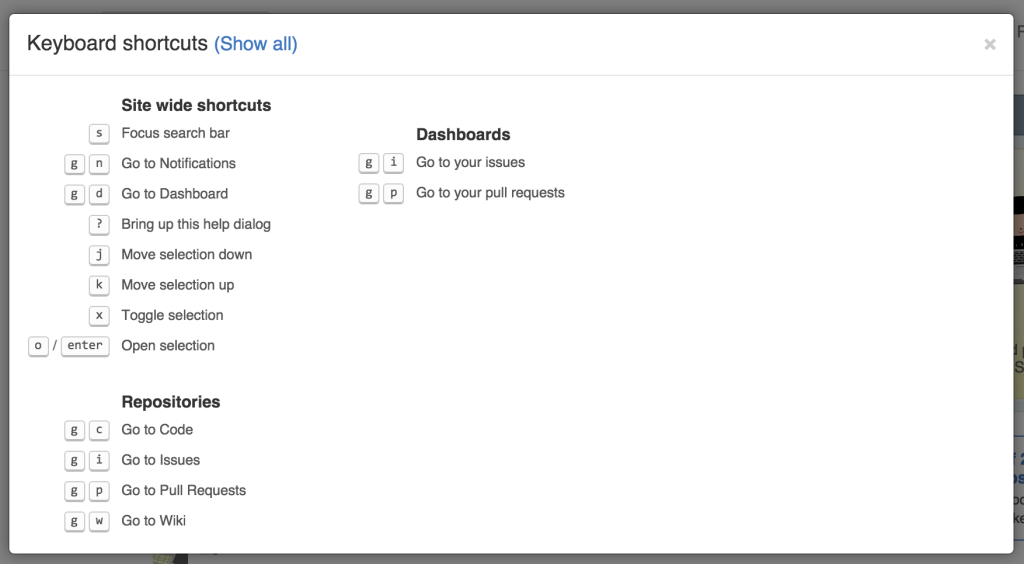This article on Burnout comes thanks to Grant Skousen (@gskousen) who sent it to me in reply to the article I linked to on Tuesday.
I’m pretty sure I was burning out some-time in 2013. A lot of what the article says resonates with me. The top two are
1 – “Make time for numero uno”
It’s kinda silly so I don’t like to tell a lot of people, but I often listen to fiction on my commute. Especially Epic Fantasy like The Wheel of Time or Words of Radiance.
I blush to add that I’m now branching into vampire novels. It’s not great writing, but that’s not the point: SOMETIMES MY BRAIN NEEDS A TWINKIE.
When I was a developer I always listened to 2 to 4 technical and management podcasts on my commute every day. (Thank goodness for 3x playback.) It made me feel so productive. I loved what I was learning.
The bloom started to wilt a few months after becoming a manager. I would get this rising level of anxiety that said, “These ideas are awesome! I have to do them all RIGHT NOW!“
Since I’ve added fiction to my rotation I’ve found I get to work energized and come home ready to adore my kids.
I still listen to business and technical books and podcasts from time to time, but I keep a close watch on how they affect my state of mind. Maybe it sounds silly, but it works for me.
2 – “Have a process”
This was something I didn’t need as much as a developer, but is CRITICAL as a manager.
I thought life was bad as a dev. In management it got worse.
I have way more “bosses” now than I ever had as a dev. I have far more conflicting “number one priorities.”
Having a process for ingesting, digesting, and executing on input has become more and more crucial for me.
A Bow Always Strung Loses Its Spring
It’s great to be driven. But if you aren’t careful you’ll loose it all.
Practice mindfulness. Smell those roses. If you have kids then smell their hair when you hug them (my favorite smell in the world).
You’ve got to respect all those clichés or they will gang up and get you, eventually.


